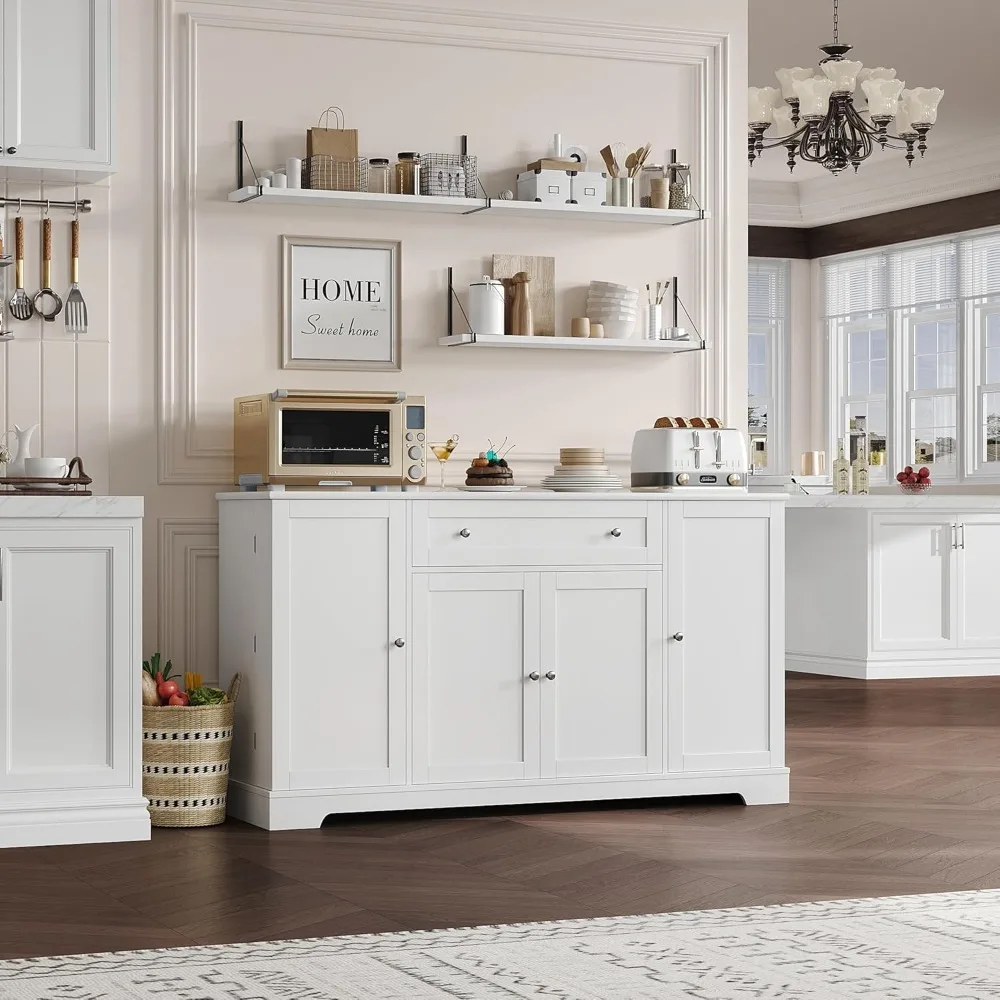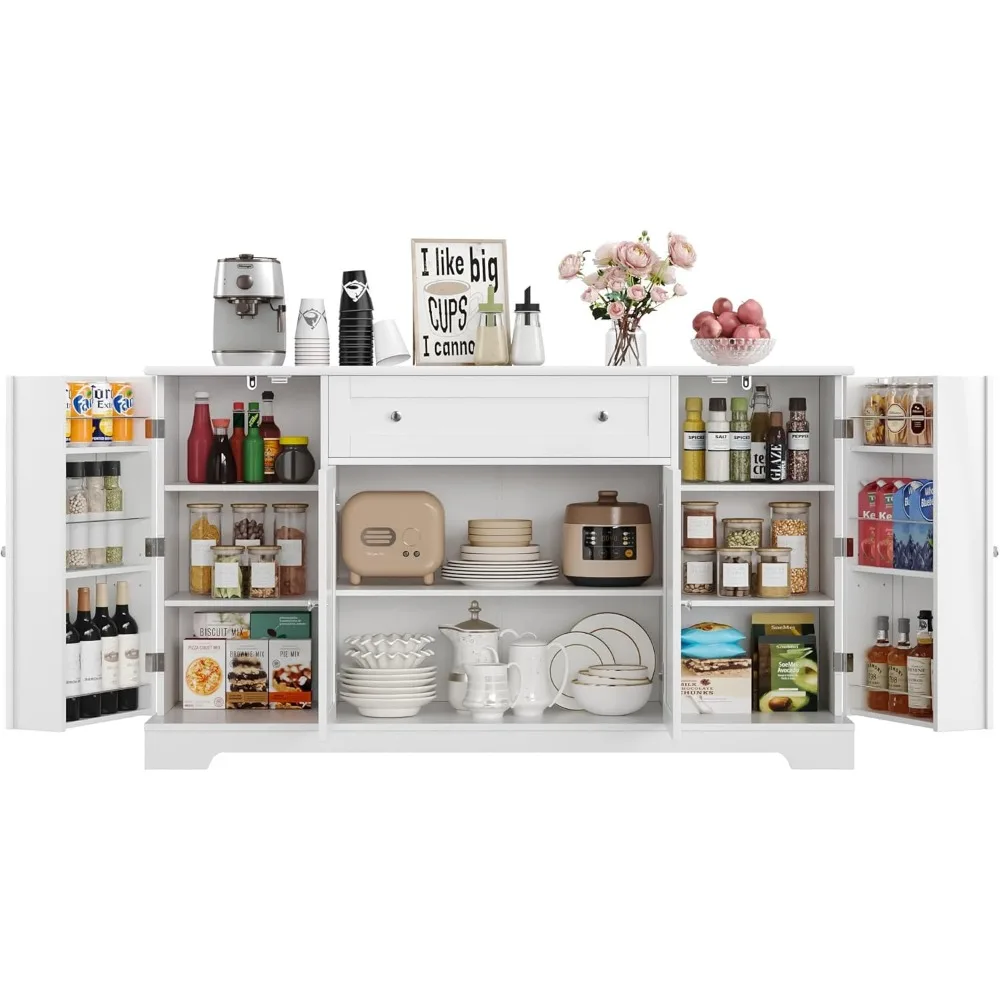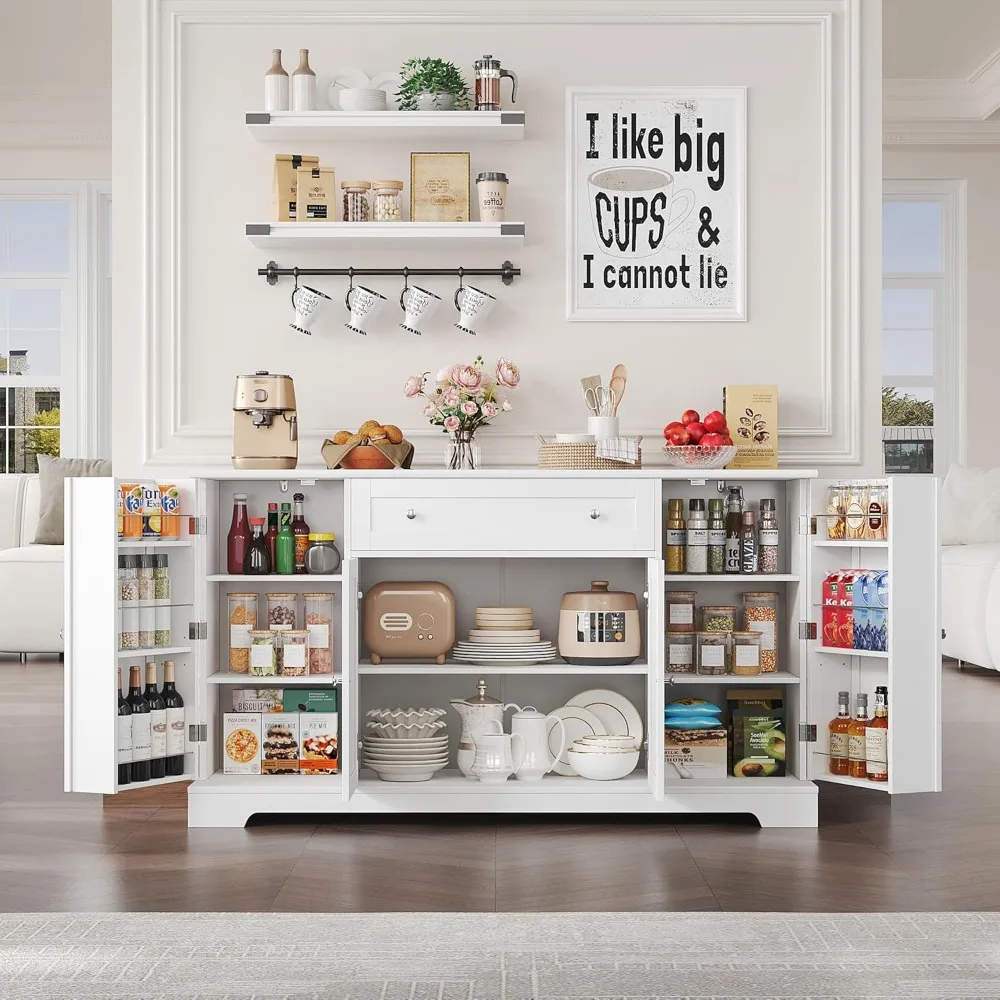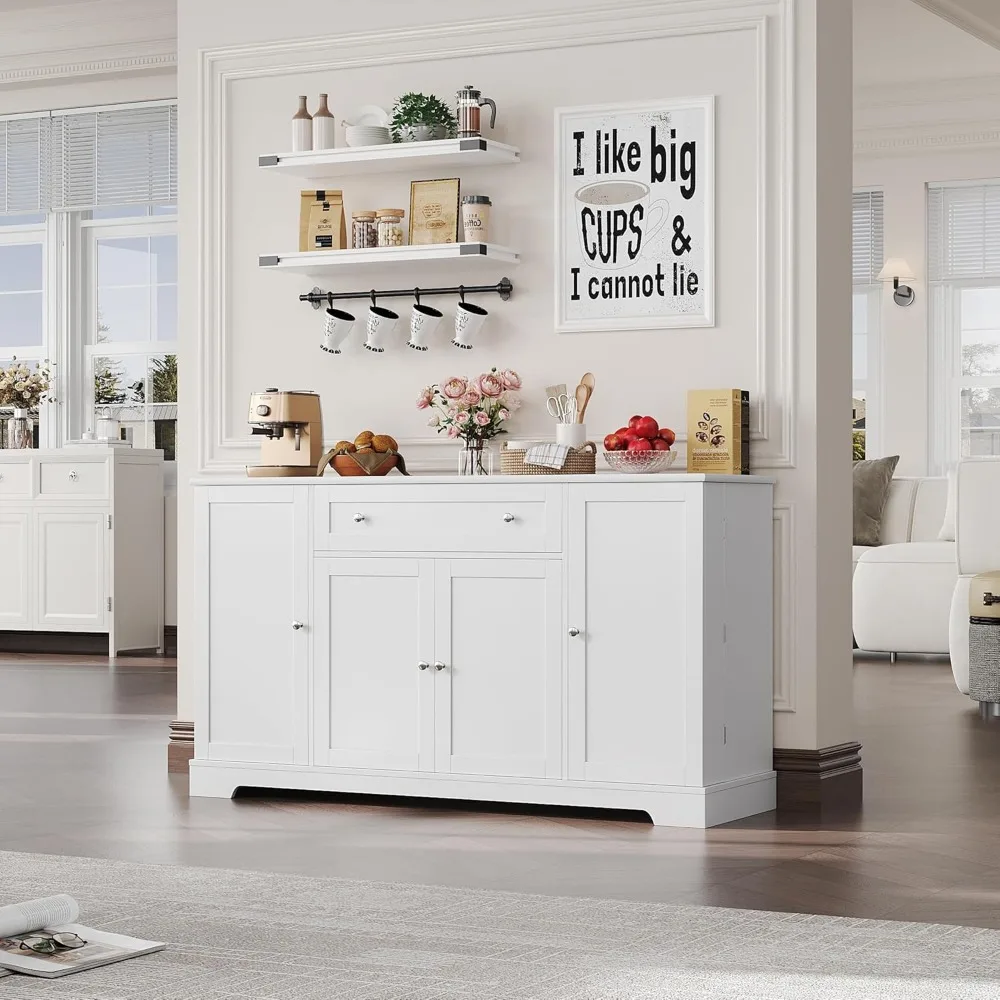Overview of Kitchen Cabinet Installation
Kitchen cabinets are a key feature in any home, especially in the heart of the house: the kitchen. These cabinets not only provide essential storage for dishes, food items, and cookware but also contribute to the overall aesthetic of the space. Installing new kitchen cabinet comes with excitement and, of course, financial consideration. The process involves multiple steps, from selecting materials to the final touches by the contractors.

When planning for new cabinets, homeowners often start by looking at design and space. Understanding cabinet dimension requirements and how they fit within the kitchen’s layout is crucial. Custom cabinets provide a unique look but can increase installation time and costs. On the other hand, stock cabinets might offer quicker installation but at the expense of personalization.
Material choice is another consideration impacting both cost and longevity of the cabinets. Options range from affordable laminates to pricier solid wood. Each type has its pros and cons, relating to durability, maintenance, and visual appeal.
Factors Influencing Kitchen Cabinet Installation Costs
Several factors can affect the cost of installing new kitchen cabinets, making it important to consider each when budgeting for your renovation.
Area and Layout of the Kitchen
The kitchen’s size and design layout play a key role in installation costs. Larger spaces may require more cabinets, increasing the material and labor expenses.
Quality and Type of Materials
Material choices range from laminate, which is budget-friendly, to higher-end options like solid wood. Each material has its unique pricing.

Cabinet Style and Customization
Custom cabinets allow for personalization but come with higher costs than stock or semi-custom options. Style complexity also impacts the price.
Contractor Selection
Choosing the right contractor is vital. Experienced contractors may command higher fees, but they ensure quality work and proper installation.
Labor Costs
Labor comprises a major portion of expenses. The question ‘what is the labor cost to install kitchen cabinets’ should be addressed by obtaining detailed quotes based on your project’s scope.
Additional Features
Extra features such as glass doors or built-in organizers can drive up costs due to increased materials and labor required for installation.
By keeping these factors in mind, homeowners can more accurately predict and control their kitchen cabinet installation expenses.
Estimating Your Kitchen Size and Cabinet Needs
Before diving into the actual installation, estimating your kitchen size and cabinet needs is essential. This initial step will significantly influence your overall budget and guide your choices throughout the renovation process. Here’s what you need to consider:
Assessing Kitchen Dimensions
Start by measuring the kitchen’s total area. Record dimensions of floor space, wall length, and height. Bigger kitchens will generally require more cabinets, which can increase both the material cost and installation labor.
Counting Cabinet Units
Determine the number of cabinets needed based on your storage requirements and kitchen layout. Remember, more units lead to higher costs.
Allotting Space for Appliances
Allocate space for appliances like refrigerators and stoves. This ensures cabinets are designed to fit the remaining space efficiently.
Considering Work Triangle
Keep in mind the work triangle – the space between your sink, stove, and refrigerator. Proper cabinet placement is crucial for a functional kitchen layout.
Planning for Future Needs
Consider future storage needs to avoid a quick outgrow of your new cabinets. Plan for a little extra space if your budget allows.
Each element you take into account helps frame a clearer cost structure for your cabinet installation. Accurate measurements and careful planning pave the way for a seamless kitchen renovation journey.
Material Choices for Kitchen Cabinets and Their Pricing
When picking kitchen cabinets, the material is a key factor in the project’s cost. Here are some common options:
Laminate Cabinets
Laminate is budget-friendly and easy to maintain. Prices range from $75 to $200 per cabinet. They work well in modern and traditional spaces.
Wood Cabinets
Solid wood offers durability and a classic look. It’s pricier, with costs that can start around $200 per cabinet. The price varies with wood type and cabinet size.
Veneer Cabinets
Veneer cabinets provide a wood finish at a lower cost than solid wood. They typically range from $90 to $190 per cabinet. Veneers can offer a high-end finish without the high price tag.

Custom Options
Customization like color, door style, and size can hike up the price. It’s important to balance unique design with budget constraints.
Other Materials
Other materials include metal and glass, which can vary widely in price but offer unique styles.
The choice of material will impact not just the look but also the long-term satisfaction with your kitchen. Always consider quality, maintenance, and how the material fits with your kitchen’s design when selecting cabinets. A good balance between cost and personal preference is key to decision-making.
Importance of Choosing the Right Contractor
Choosing the right contractor is crucial when installing kitchen cabinets. A skilled contractor ensures quality workmanship, which is essential for the cabinets to function properly and look good. An expert installation adds value to your home and can save you future repair costs.
Here are the reasons why the right contractor matters:
- Expertise and Experience: Contractors with a track record of successful installations will likely deliver better results.
- Quality of Work: A reputable contractor will use the correct techniques and materials, resulting in a finish that stands the test of time.
- Time Management: An experienced contractor knows how to complete the job efficiently, respecting your time and schedule.
- Cost Management: They can provide accurate estimates and help avoid unexpected expenses during the installation process.
When querying ‘what is the labor cost to install kitchen cabinets,’ remember that cheaper isn’t always better. A lower quote might mean lower quality or hidden fees. Take the time to research and select a contractor who offers a balance of cost and quality. Ask for references, read reviews, and check their previous work. Ensure they are licensed and insured to protect yourself from potential liabilities.
In conclusion, a good contractor not only brings your vision to life but also provides peace of mind by ensuring the job is done right, which is invaluable in any home renovation project.
Understanding Labor Costs in Kitchen Cabinet Installation
Understanding the labor costs associated with kitchen cabinet installation is vital. It informs budgeting and helps manage expectations. The labor costs can fluctuate greatly depending on several factors:
- Complexity of Installation: Simple cabinet designs require less labor, which reduces costs. Intricate designs need more time and skill, leading to higher charges.
- Experience Level: Professionals with extensive experience generally charge more. Their expertise, however, can mean fewer mistakes and a better-finished product.
- Geographic Location: Labor costs can vary widely by region. Rates in urban areas often exceed those in rural regions due to higher cost of living.
- Project Scope: A full kitchen renovation involves more work than just cabinet installation, impacting overall labor costs.
- Cost Per Unit or Hour: Some contractors charge by the cabinet or square footage, while others charge an hourly rate.
- Extra Services: Removing old cabinets or preparing the space for new ones may incur additional charges.
When asking ‘what is the labor cost to install kitchen cabinets,’ it’s important to gather multiple quotes. This comparison can reveal the most cost-effective option. Yet, the cheapest option isn’t always the best choice. Consider the balance between cost and the contractor’s skill level.
An average labor charge to install kitchen cabinets can range significantly. It may start around several thousand dollars and go higher based on complexity. For example, custom cabinets in a large kitchen can cost more than stock cabinets in a small area. The best approach is to set a budget and seek quotes that align with it, without compromising quality.
Ultimately, investing in a capable contractor can result in long-term savings. Good quality installation reduces the need for repairs or adjustments later on. Quality workmanship also enhances the overall look and functionality of your kitchen, adding value to your home.
Additional Features and Customizations
When you’re getting ready for a kitchen makeover, considering the additional features and customizations for your cabinets is essential. These extras can enhance the functionality and aesthetic of your kitchen but will also impact the total cost of installation.
Personal Touches
Adding personal touches such as glass doors, specialized knobs, or unique finishes can make your kitchen stand out. Each custom feature elevates the design but also adds to the budget.
Functional Add-ons
Functional features like pull-out shelves, spice racks, or built-in dividers save space and improve organization. While they offer convenience, they also contribute to a higher total cost.
Lighting Solutions
Under-cabinet lighting not only provides functionality but also sets the mood. Incorporating lighting requires additional installation work, thereby influencing the overall expense.
Eco-friendly Options
Choosing sustainable materials or installing built-in recycling centers reflects environmental responsibility. These options might have higher upfront costs but can offer long-term savings and value.
Smart Technology
Incorporating smart tech like touch-activated doors or app-controlled lights is increasingly popular. These high-tech features can drastically increase the price due to the complexity of their installation.
Remember, while customizations can make your kitchen both more personal and practical, they must be balanced with your budget considerations. Discuss these features with your contractor to understand their impact on what is the labor cost to install kitchen cabinets in your renovation project.
Timeline for Kitchen Cabinet Installation
Understanding the timeline for your kitchen cabinet installation is critical for project planning. The time it takes can vary widely.
- Preparation Phase: This can last a few days to a week. It includes emptying the kitchen and prepping the workspace.
- Cabinet Delivery: Wait time for cabinets depends on whether they are stock or custom. Stock cabinets may be quick, while custom ones can take weeks.
- Actual Installation: The installation itself is generally a multi-day process. An average kitchen can take two to three days. Complex designs may need up to a week.
- Adjustments and Finishing: Additional time may be needed for adjustments and adding the finishing touches. This could add another day or so.
- Cleanup: After installation, expect at least a day for cleanup and final inspection.
The total timeline can span from one to several weeks. Remember, delays can occur. Be sure to work with your contractor to understand the specific timeline for your project.
The right contractor will manage the timeline efficiently. They will handle tasks quickly, without compromising quality. They’ll also help keep your kitchen renovation on track.
Ask your contractor for a detailed schedule. This helps you plan life around the kitchen work. With a clear timeline, the process should go smoothly and finish within the expected timeframe.
In summary, installation time for kitchen cabinets can be short or long. It depends on various factors. Plan for it, and choose a contractor wisely to ensure a timely and successful installation.
Saving Money on Kitchen Cabinet Installation
Budgeting wisely for kitchen cabinet installation can lead to significant savings. Here are tips to reduce costs without compromising quality:
Choose Stock Cabinets
Stock cabinets are pre-made and less costly than custom options. They can save you a bundle.
Compare Material Costs
Opt for materials that offer a balance between durability and price. Laminates can be a smart pick.
DIY Simple Tasks
Handle simple tasks like demolition of old cabinets yourself. It cuts down on labor charges.
Shop Deals
Look for discounts on cabinets and materials. Sales can slash your budget considerably.
Plan Effectively
Avoid last-minute changes by planning. This prevents extra costs from arising unexpectedly.
Seek Multiple Quotes
Get quotes from different contractors. Compare them to find the best value for your money.
Time Your Project
Consider starting your project during off-peak seasons. Contractors might offer lower rates then.
Avoid Unnecessary Extras
Skip the add-ons that you don’t need. Focus on must-have features to stay within budget.
Remember, choosing the right contractor and timing can greatly influence ‘what is the labor cost to install kitchen cabinets’. Saving on installation doesn’t mean you have to compromise on the look or functionality of your kitchen. Make smart choices and keep a close watch on your budget to achieve the best results for less.
Post-Installation: After Sales Service and Warranty
After your kitchen cabinets are installed, after-sales service and warranty are significant. These services ensure that any issues post-installation are taken care of without added stress or cost. Here are key points to consider:
Importance of After-Sales Service
Good after-sales service provides support if problems arise after installation. Always choose a contractor who offers reliable service. This ensures peace of mind and saves future hassle.
Warranty Coverage
A warranty covers defects or issues for a certain period. Make sure to understand what your warranty covers. This can protect you from unexpected costs if something goes wrong.
Regular Maintenance Tips
Contractors often provide tips on how to maintain your cabinets. Following their guidance helps keep your cabinets in top condition for longer.
Responding to Issues Promptly
If you notice an issue, report it to the contractor quickly. Prompt response can prevent minor issues from becoming bigger problems.
Keeping Warranty Documents Safe
Store all warranty documents in a safe place. You will need them if you claim a repair or replacement.
Good after-sales service and a strong warranty offer confidence in your investment. They add long-term value to your home and kitchen renovation project.


